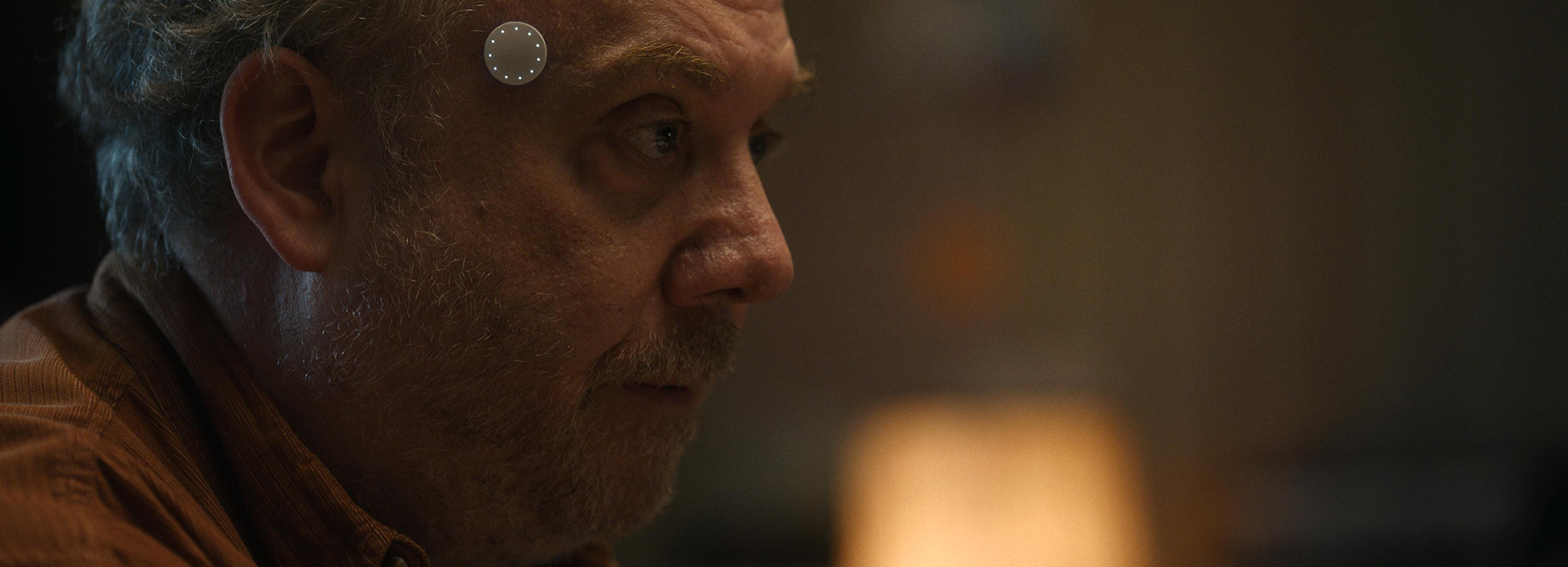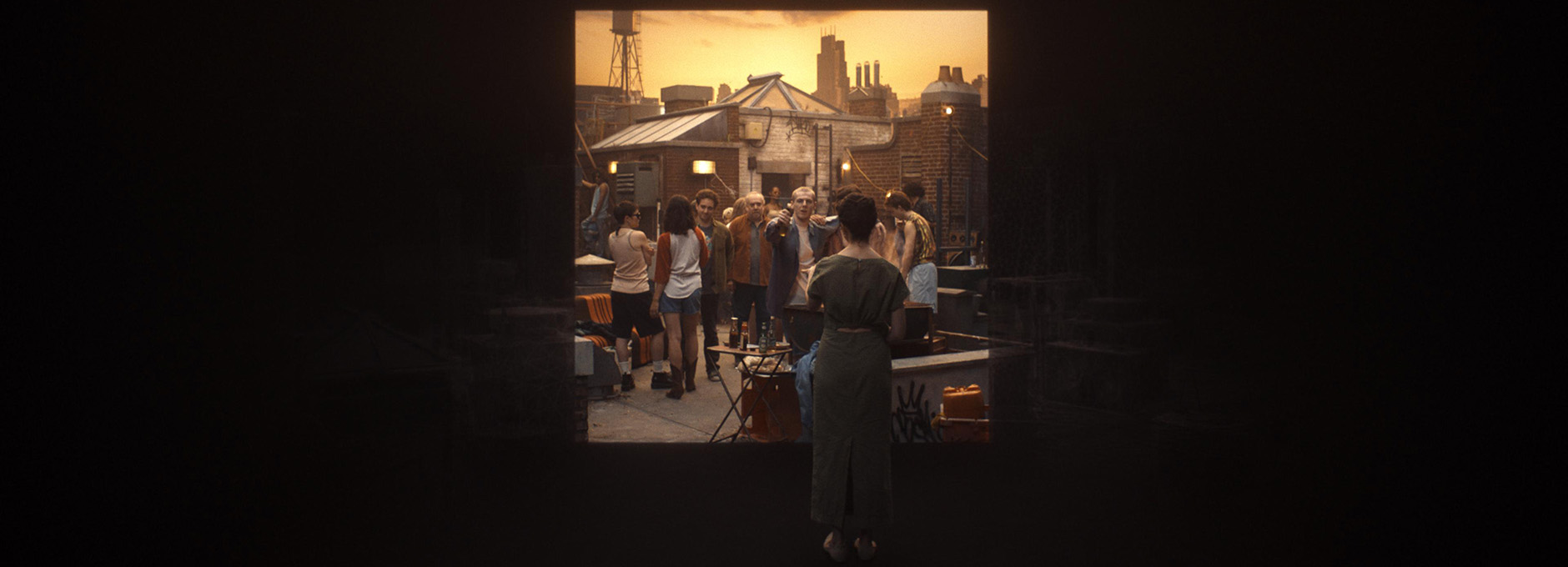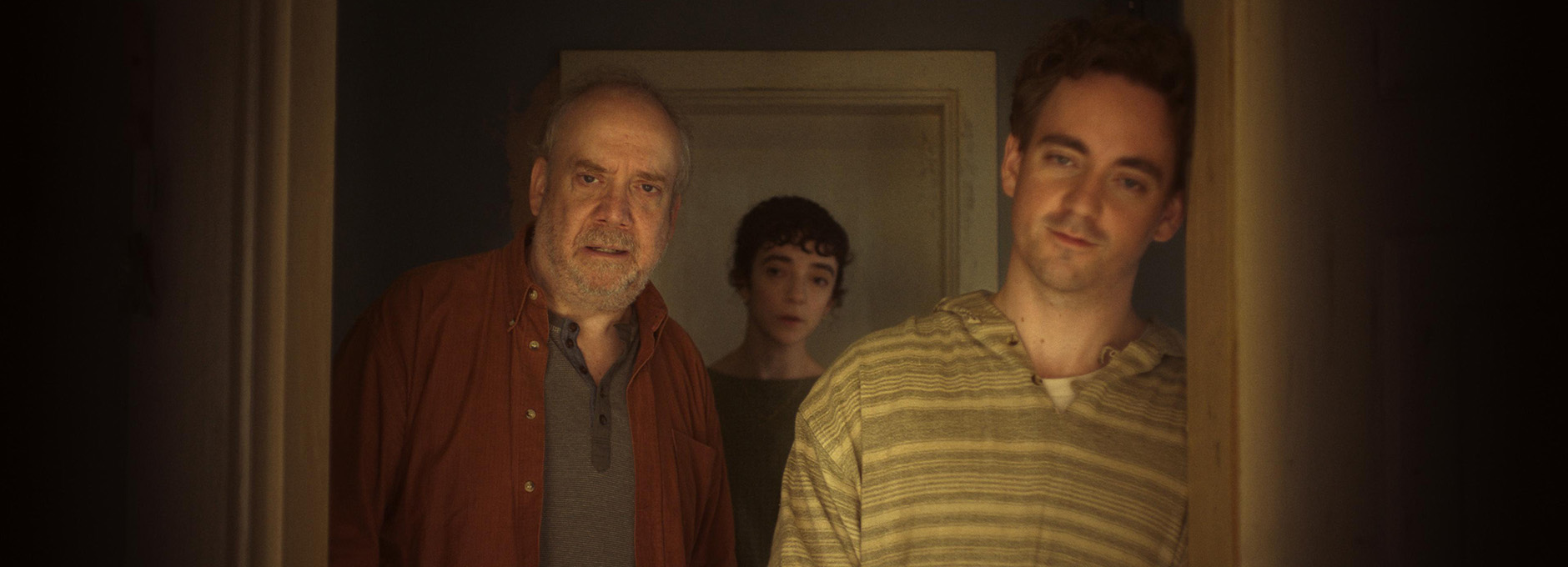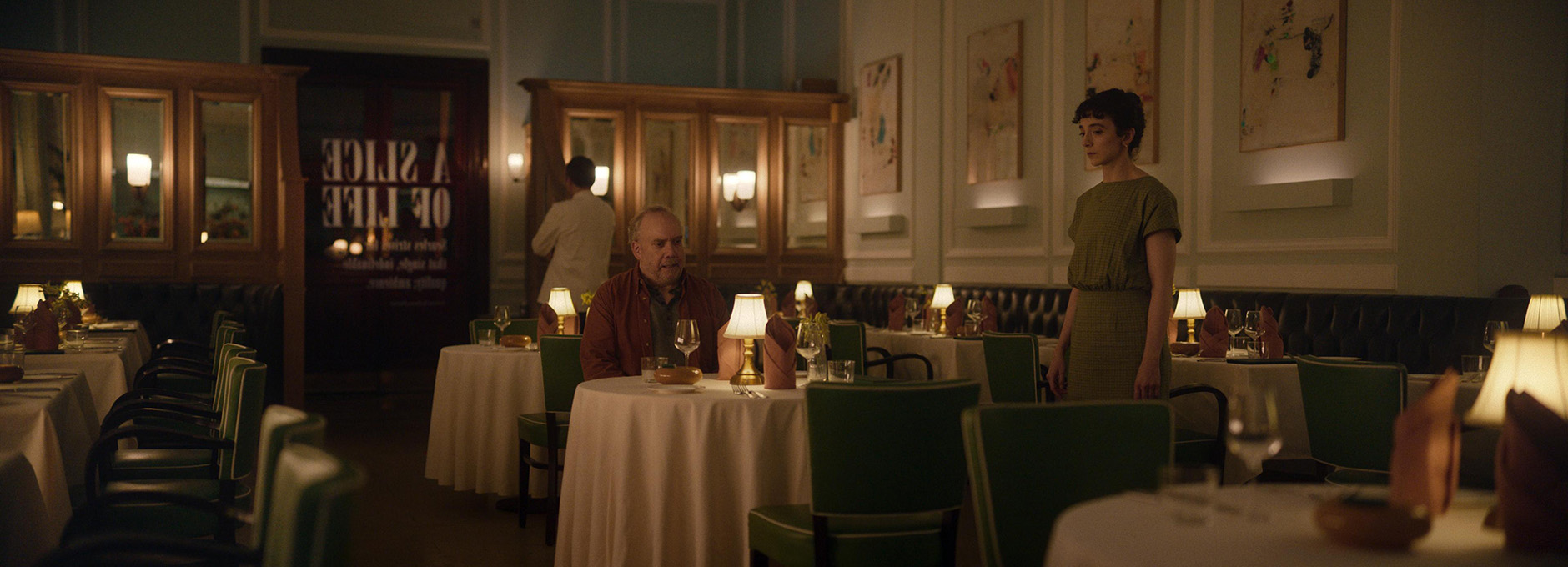Case Studies
The aesthetics of dystopia:
Colour grading Black Mirror season 7
PART THREE
In this three-part series, we go behind the scenes of three episodes from the latest season of Black Mirror, with senior colourist Sam Chynoweth at The Farm.
See: PART ONE | PART TWO | PART THREE
EPISODE 5: Eulogy
Eulogy is episode five of season 7, directed by Christopher Barrett and Luke Taylor and shot by cinematographer Álvaro Gutiérrez. It tells the story of an isolated man as he is introduced to a groundbreaking system that allows its users to step inside old photographs - stirring powerful emotions in the process.
“I was immediately drawn to Eulogy because of its incredible visual possibilities,” comments Gutiérrez. “We knew we could create a rich variety of looks while keeping everything grounded in the story. The link between memory and photography gave us this amazing foundation to explore different textures and visual languages.”
Seven unique looks
The goal for the look of this episode was to visually support its emotional play on memory and nostalgia.
“Since the story centres on Phil (Paul Giamatti), and his fragmented recollections, we aimed to give each time period in his life a unique visual identity,” explains Chynoweth. “These distinct looks weren’t just about temporal clarity; they were about evoking an emotional response from the audience, helping them connect not only to Phil’s memories but also to their own.
To achieve this, Sam worked closely with Álvaro and the team to create the seven unique looks for the episode.
“My collaboration with colourist Sam Chynoweth was truly creative from the start,” comments Gutiérrez. “We didn’t just jump into technical discussions - we went deep into the story first, really understanding what we could do cinematographically and in the grade to enhance those nostalgic feelings the narrative was trying to evoke. That shared understanding of the emotional core made all the technical work that followed feel purposeful and authentic.”
“The modern-day world was treated with a clean, neutral grade, to ground the viewer in the present,” explains Chynoweth. “In contrast, the other looks leaned heavily into specific photographic aesthetics.
“We created two polaroid looks, designed to capture the low-contrast, low-clarity nostalgia of the self-developed shots.
“A higher contrast, more saturated point-and-shoot look captured the immediacy and disposability of snapshots from the late '90s or early 2000s.
“An Ektachrome compact look offered bold colour and rich tones, reminiscent of mid-century family slides and holiday photos.
“The glossy magazine look took cues from the medium format world, rich in warmth and contrast.
“And finally, our high contrast black and white look, with a strong structured grain,” recalls Chynoweth.
Each of these looks was developed to help distinguish the different periods of Phil’s life and support the emotional tone of each memory.
“These looks helped to guide the audience through the timeline of the episode, while also adding a layer of warmth and familiarity that tied into the story’s underlying commentary on memory,” adds Chynoweth.
Pre-production testing
Pre-production testing played a crucial role in shaping the looks and supporting the grade for this episode.
“Early on Álvaro showed me the deck created by directors Chris and Luke, pitching the ambitious idea of achieving as much of the ‘into-the-photo’ effect in-camera as possible, rather than relying heavily on post-production,” says Chynoweth. “This meant that every aspect of the capture had to be carefully considered to sell the effect convincingly.”
Dop Álvaro Gutiérrez conducted a series of lighting and lens tests using different camera formats, exploring how each set-up responded in terms of contrast, sharpness, and flare characteristics.
“These tests were essential in helping us understand how to evoke the tactile, imperfect feel of the different photographic formats,” adds Chynoweth.
“Alongside these technical tests, we worked with mood boards and period-specific photographic references to define the properties that underlined each format. Using all this material as a foundation, we developed custom LUTs tailored to each memory style. These LUTs became the backbone of the grade, allowing us to maintain consistency and narrative clarity across the shoot, while also giving each era its own distinct visual character.
“This pre-production work ensured we were aligned creatively from the start and gave us a strong framework to build from in the grade,” says Chynoweth.
Distinguishing memories from reality
In creating the world of the memories, Chynoweth used all the traditional grading tools, tone curves, gamut manipulation and textural adjustments to shift the feel of each timeline.
“But one of the more distinctive aspects of our approach to separating memory from reality was how we controlled dynamic range, with each different format having a different peak brightness reflected by the mode of capture,” explains Chynoweth.
“The modern world was given the widest dynamic range, with specular highlights reaching up to 600 nits,” adds Chynoweth. “This helped create a sense of clarity and openness reinforcing the idea that the present is sharp, current, and grounded. In contrast, the memory sequences were treated with a much more limited range to reflect the imperfection of recollection and memory.”
One example is the scene recreating a night out, which was graded to evoke the feel of an under-exposing point-and-shoot camera.
“We deliberately flattened the highlights and lifted the blacks, creating a slightly fogged, compressed look that made the image feel murky and nostalgic, reinforcing the sense of a half-remembered moment,” says Chynoweth. “By manipulating the dynamic range this way, we could create a slight sense of visual claustrophobia, keeping the scene focused on the current recollection and not the wider world it exists in. It gave us a nuanced way to support the narrative and emotional tone of each scene.”
Challenges
One of the key challenges for Chynoweth was ensuring that the highly stylised, nostalgic looks matched the in-scene prop photos as closely as possible.
“Since many scenes began with a physical photograph and transitioned into a fully graded memory sequence, the visual continuity between the still image and the moving footage had to be seamless,” says Chynoweth. “That meant getting the colour, texture, contrast, and even imperfections to line up perfectly.
“To achieve this, we often used dynamic grades—starting with a more extreme version of the look to match the photo, then gradually softening it as the scene progressed and settled into the character’s memory. This helped maintain the initial impact without overwhelming the viewer or drawing too much attention to the transition.”
There were also moments where the incoming physical photo needed subtle adjustments to aid in the transition.
“These tweaks often involved complex tracking work to make sure the changes stuck as Phil thumbed through the images,” says Chynoweth. “Matching the aesthetics of a static printed photo with moving HDR footage was no small task, but it was essential to selling the illusion and keeping the audience immersed in the story.”
“One of the more distinctive aspects of our approach to separating memory from reality was how we controlled dynamic range, with each different format having a different peak brightness reflected by the mode of capture.”
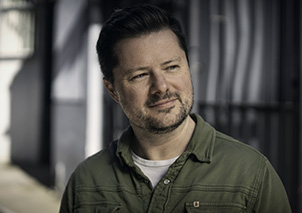
Senior Colourist Sam Chynoweth





